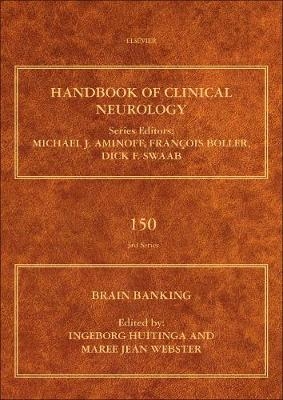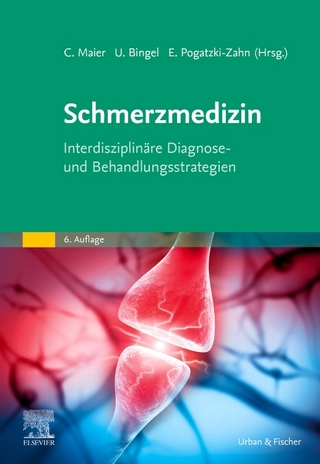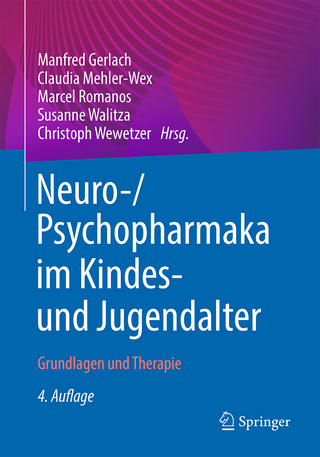
Brain Banking
Elsevier Science Ltd (Verlag)
978-0-444-63639-3 (ISBN)
Inge Huitinga completed her study Medical Biology in 1988 at the VUmc in Amsterdam. She obtained her PhD degree on the investigation of mechanisms of demyelination in multiple sclerosis (MS) cum laude at the Vrije Universiteit in 1992. Between 1992 and 1999 Inge continued working on the pathology of MS, part at VUmc, part at the Netherlands Institute for Neuroscience (NIN) in the group of prof. Dick Swaab, and part in Oxford, UK. In 1999 she received as the first the prestigious MS Fellowship of the Stichting MS Research, to investigate neuronal functioning in MS and was appointed at the Royal Netherlands Academy of Arts and Science (KNAW). In 2006 she became director of the Netherlands Brain Bank (NBB) and started her own Neuroimmunology Research Group and published more than 120 scientific papers on MS with a focus on MS and microglia and effects of steroid hormones. She professionalized the NBB and drafted international ethical and legal guidelines for Brain Banking resulting in a Code of Conduct for Brain Banking, published in 2015. In 2012 she obtained a substantial NWO grant of 3.45 M-euro to start a brain bank for psychiatry within the NBB: NHB-Psy, a national consortium of NBB/KNAW with 5 Dutch university medical centers to run a brain donation and autopsy program for 7 psychiatric diseases.Tissue of these donors are sent to researchers worldwide. https://nin.nl/research/researchgroups/huitinga-group/ www.brainbank.nl www.nbb-psy.nl Dr. Maree Jean Webster is from the Stanley Medical Research Institute, Laboratory of Brain Research, in Rockville, Maryland, USA.
Section I. Brain Donor Recruitment Strategies1. The Netherlands Brain Bank for Psychiatry2. Brain donation procedures in the sudden death brain bank in Edinburgh
Section II. Brain Bank Networks3. Autism BrainNet 4. The NIH NeuroBioBank: Creating opportunities for human brain research
Section III. Ethical Aspects of Brain Banking and Management of Brain Banks5. Design of a European code of conduct for brain banking6. A review of brain biorepository management and operations7. A new viewpoint: running a non-profit brain bank as a business
Section IV. Brain Dissection, Tissue Processing and Tissue Dissemination8. The New York Brain Bank of Columbia University: Practical highlights of 35 years of experience9. Neurochemical markers as potential indicators of post-mortem tissue quality
Section V. Neuropathological Diagnosis10. Minimal neuropathological diagnosis for brain banking in the normal middle aged and aged brain and in neurodegenerative disorders 11. Brain donation at autopsy: Clinical characterization and toxicological analyses
Section VI. Brain Donor Data: Clinical, Genetic, Radiologic and Research Data Storage and Mining12. Information technology for brain banking 13. Collecting, storing and mining research data in a brain bank 14. What can we learn about brain donors? Use of clinical information in human postmortem brain research15. The art of matching brain tissue from patients and controls for postmortem research
Section VII. Human Brain Tissue Analyses: Old and New Techniques16. Considerations for optimal use of postmortem human brains for molecular psychiatry: Lessons from schizophrenia17. Epigenetic analysis of human brain tissue 18. Laser microdissection and gene expression profiling in the human postmortem brain19. Purification of cells from fresh human brain tissue: Primary human glial cells20. Proteomics and lipidomics in the human brain 21. 3-D imaging in the post-mortem human brain with CLARITY and CUBIC 22. Neuronal life after death: Electrophysiological recordings from neurons in adult human brain tissue obtained through surgical resection or post-mortem23. Post-mortem magnetic resonance imaging24. Cyto- and receptorarchitectonic mapping of the human brain25. Mapping pathological circuitry in schizophrenia
| Erscheinungsdatum | 05.05.2018 |
|---|---|
| Reihe/Serie | Handbook of Clinical Neurology |
| Verlagsort | Oxford |
| Sprache | englisch |
| Maße | 184 x 260 mm |
| Gewicht | 1260 g |
| Themenwelt | Medizin / Pharmazie ► Medizinische Fachgebiete ► Neurologie |
| Naturwissenschaften ► Biologie ► Humanbiologie | |
| Naturwissenschaften ► Biologie ► Zoologie | |
| ISBN-10 | 0-444-63639-0 / 0444636390 |
| ISBN-13 | 978-0-444-63639-3 / 9780444636393 |
| Zustand | Neuware |
| Haben Sie eine Frage zum Produkt? |
aus dem Bereich


